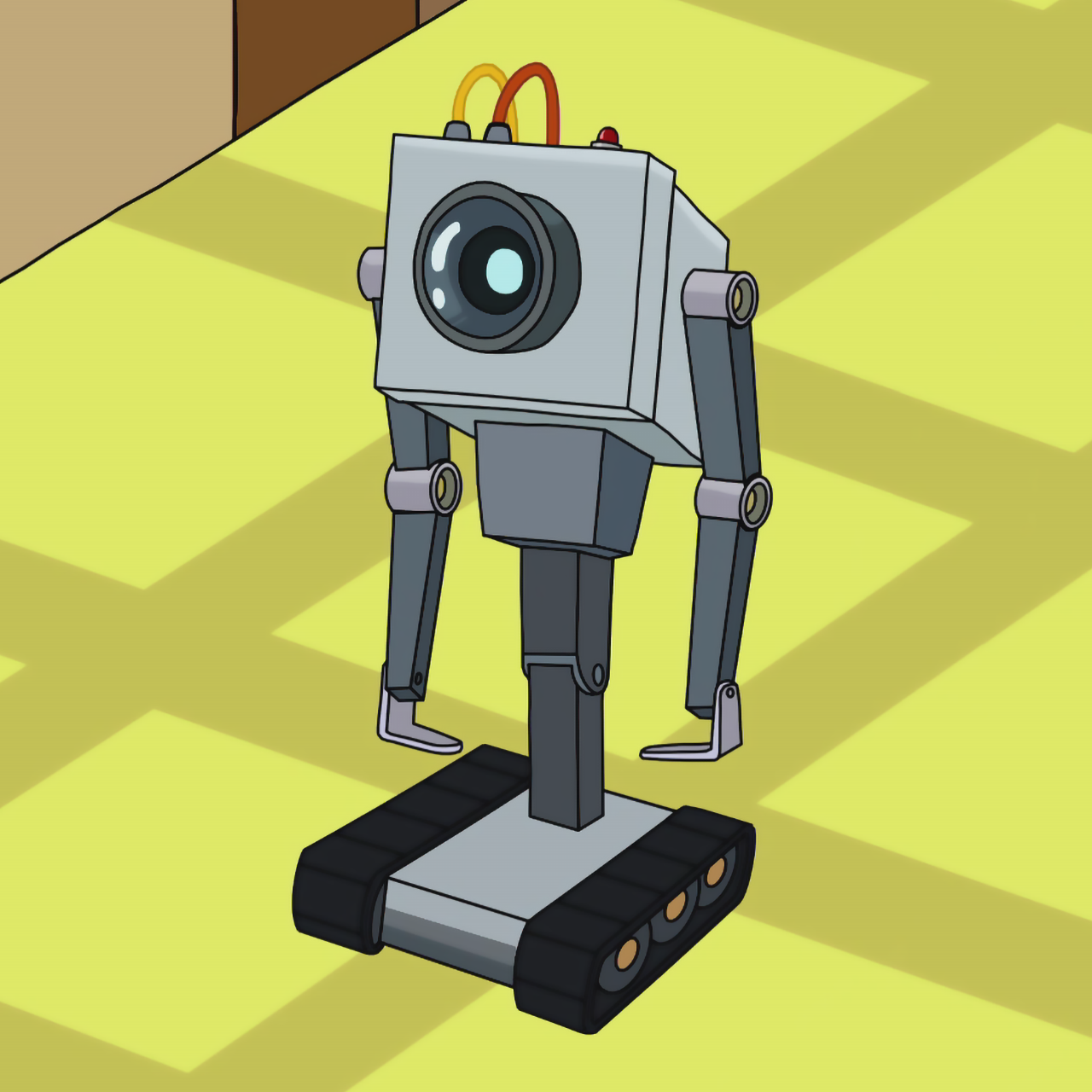You don’t calculate the price of something by totalling up the cost to produce it and then adding a bit for profit - you calculate it based on what people are willing to pay. That doesn’t really change if it’s digital or physical. Some people might be willing to pay a bit more for a physical copy, but probably not many and you’d turn off more people by having the higher price.
This. And a lot of people (myself included) are willing to pay more for the convenience and immediacy of digital. Sure, there’s always going to be people that consider themselves collectors that will keep physical going, but I think a lot of those people would be surprised at how small of a minority they are among the general populace that just wants to play a game
Im just a cheapskate r/patiengamer that prefers to buy used or on sale and sell the game after Ive completed it and have no intention of replaying it.
Because manufacturing the physical copy is a very small part of the expense in creating the game. It also has no practical effect on a players enjoyment or likeliness to purchase the game.
Prices are made up and capitalism is one big shell game
$60 in 2005 is $93 in 2023
Halo 3 cost $60 million to make and market.
Halo Infinite cost >$200 million.Games have just become so much more complex, detailed, and expensive to make that companies basically took the relatively minor cost of printing discs to keep prices down a bit longer.
Plus, why would one company make less money on their digital games if no other company is doing it and therefore pressuring them to? Companies will charge what people will pay for. If people paid $60 to drive to GameStop for a copy, why would they refuse to pay it to get the game more conveniently?
I remember games costing $60 in the 90s as well.
Because price is not the main factor in people’s decision to buy games, and so they can get away with it. It’s similar to the move from physical tickets to download only, the cost per unit is lower for the provider but by keeping the price the same their margin is larger and they lose next to no sales.
I think the better way to ask this question is “why do physical games not cost more than digital copies.”
Nowadays the majority of game sales are digital, which means that publishers are going to set prices so that they can sell a digital game with an optimal profit. According to this article, physical retailers cause price parity because raising the price of physical copies would cause them to not stock your game (which would of course open shelf space to other publishers). In all likelihood, physical copies will go up in price once they are only stocked by niche retailers and/or online distributors (who don’t have the shelf space issue since most folks already know what they want by the time they browse Amazon).
The price of the game is mostly the license (paying for the development), not making the box.
With digital games, the publisher controls the price; there is no competition. With physical copies, they have to share some of the profit with the stores, i.e. if the publisher expects that the retail price will be $60 (and is selling it for that price on their online platform), they may have to sell it to stores for $40 (I don’t know what the actual numbers are).
Stores compete with each other, so a large online store like Amazon (which has lower operating costs than others) may decide that they can still make a decent profit when reselling it for $50 instead of $60, so they sell it cheaper so people buy from them (giving them e.g. $6 of profit if their cost to sell it is $4, rather than $0 because the customer buys elsewhere).
Now, you may have noticed that the publisher could sell the digital edition for $40 and still make the same amount of money. So, why don’t they do it? I think it’s a combination of
- greed/“because they can” (if people will pay $60, why charge less)
- not wanting to undercut retail too much, because otherwise stores may not consider it worth putting the game on the shelf, which is advertising the game and increasing sales. This may also involve agreements between the stores and the publisher.
Consoles: You can usally play games on more then one console at the same time.
Pricing is based off what you will pay, not what you should pay. You also don’t get a discount for using the self checkout in a grocery store. That one attendant is replacing 6-9 registers, and they’re saving all those salaries, but they pass the savings on to themselves.
Backend developers are much, much more expensive than warehouse workers.






